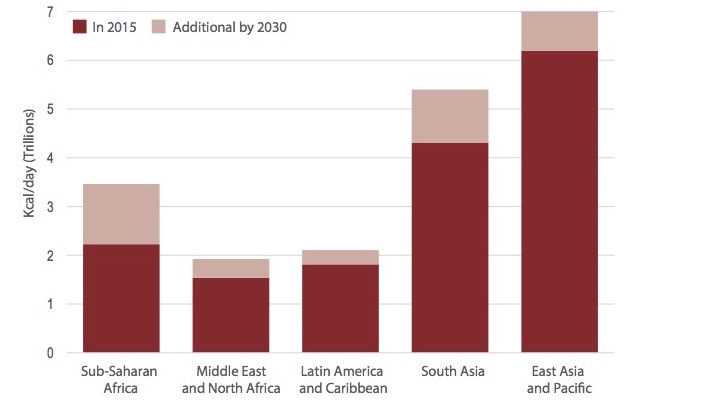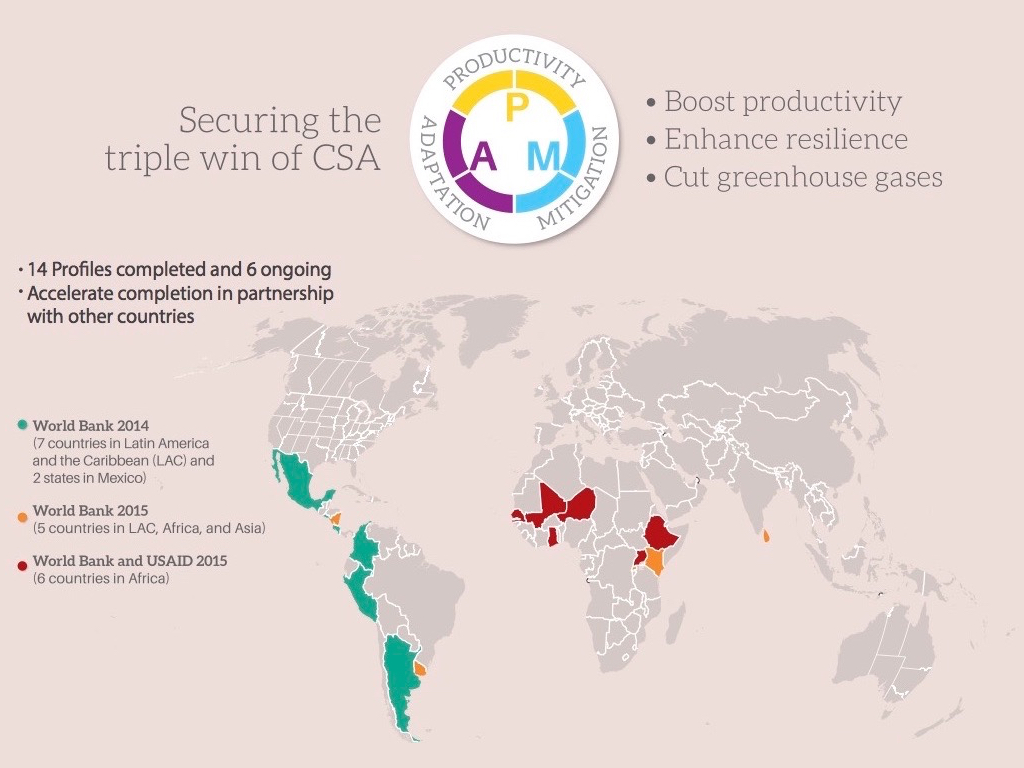Our global food industry sustains more people, with increased efficiency and a lower cost than any other period in human history. The problem is that big food continues to have an astounding influence on global health and the environment.
Through agricultural innovation and industrialization, the majority of the global food supply has now found itself under control of a select few major corporations around the world. The increase in efficiency is nothing short of impressive. The fact that California-based Earthbound Farm can harvest 10,000 pounds of lettuce per hour using a crew of only 12 people is simply astounding, especially considering that not so long ago this same production capacity would have taken a 40-person team the entire day. 13% of the world’s cranberry crop is collected and processed at Ocean Spray, a cooperative owned by more than 700 growers. Grimmway Farms in California is one of the largest carrot growers in the world, producing 25 million pounds of carrots every week. Glacier Fish Company in the Easter Pacific Ocean catches an astounding 150 metric tons of fish every single day. Tyson Foods, one of the largest food companies on the planet, manages 14 million pounds of produce every week.
An industry is deemed excessively concentrated when the top four companies in it control more than 40% of the market. In the case of food and agriculture, that percentage is exceeded in beef slaughter (82%), chicken processing (53%), corn and soy processing (85%), pesticides (62%) and seeds (58%). Although this has been integral to meeting the dietary demands of our rising population, this has motivated Big Food to produce vast amounts of foods through questionable and often environmentally dangerous means in order to cut costs. The scale and centralization of a food system in which one factory washes 25 million servings of salad or grinds 20 million hamburger patties each week is uniquely vulnerable to food-safety threats, whether from negligence or poor production habits.
Growth in Total Food Consumption by 2030
(Relative to 2015) Source: World Bank (2015)
Source: World Bank (2015)
In an attempt to meet the ever-expanding demands of our populations, agriculture has supplanted 70% of grasslands, 50% of savannas and 45% of forests around the world. Now a leading cause of environmental degradation, predominantly due to the pervasive use of synthetic agrochemicals, agriculture has become one of the largest sources of greenhouse gas emissions, a major contributor to biodiversity’s 6th extinction and a perpetual source of water loss. Farming has become unsustainable and is therefore on the precipice of a profound change.
Earlier this year the World Bank produced a report on the ‘Future of Food: Shaping a Climate-Smart Global Food System’, examining the ways in which we can improve the productivity and resilience of the global food system and to make agriculture part of the solution to climate change rather than one of its major causes. They conclude that we need is triple-win for agriculture through practices that boost productivity, enhance resilience and lower greenhouse gas emissions.
Climate-Smart Agriculture Profiles Around the World
 Source: World Bank (2015)
Source: World Bank (2015)
Their recommendations include:
- Innovation: Ensuring access to existing and new climate-smart technologies for farmers especially around emerging markets. These technologies can help reduce yield gaps and improve climate resilience.
- Increased Productivity: Produce more food to improve food and nutrition security.
- Enhanced Resilience: Reduce vulnerability to drought, pests, disease and other shocks; and improve capacity to adapt and grow in the face of longer-term stresses like shortened seasons and erratic weather patterns.
- Reduced Emissions: Pursue lower emissions for each calorie or kilo of food produced, avoid deforestation from agriculture and identify ways to suck carbon out of the atmosphere.
Neem is one solution, offering innovation where we need it the most – across agriculture, healthcare and environmental protection. Referred to by the United Nations as the ‘Tree of the 21st Century’, this evergreen holds the secret to a cost effective, nontoxic and environmental friendly crop care, has the ability to strengthen soil nutrition and increase livestock health and offers wide range of medicinal benefits due to its antimalarial, antifungal, antibacterial and antiviral properties. Who knew that the triple win for climate smart agriculture could be achieved with a single tree?
Shifting global agricultural methodologies and performance towards sustainability and environmental care is necessary in addressing global poverty and food insecurity. We are therefore committed to driving this shift and engaging in projects that help build a climate-smart food system that can feed everyone, every day, everywhere.